Having spent over a decade navigating the world of adhesives and elastomers, I’ve tackled countless bonding challenges for clients across industries, from wearables to automotive components. One question that comes up frequently is: What kind of adhesive-backed nylon strap can reliably stick to Thermoplastic Elastomers (TPE)? It’s a practical concern—whether you’re designing a fitness tracker, a medical device, or a consumer product, you need a bond that’s strong, durable, and won’t peel off during use. TPE’s soft, flexible surface can be tricky to bond with, especially when paired with a nylon strap. In this article, I’ll share my expertise on selecting the right adhesive-backed nylon strap for TPE, break down the key factors, and provide actionable solutions based on my hands-on experience to ensure a secure bond.

Why Bonding Nylon Straps to TPE Is Challenging
TPE, a versatile material combining rubber-like elasticity with plastic processability, is widely used in products like straps, grips, and seals. However, its low surface energy and flexible nature make it a tough surface for adhesives to grip. Nylon straps, often used for their strength and durability, add another layer of complexity due to their relatively smooth, non-porous surface. The adhesive on the strap must bridge these two materials, ensuring a bond that withstands stress, environmental exposure, and repeated use.
A poor bond can lead to:
Peeling or delamination: The strap detaches, compromising product functionality.
Aesthetic issues: Visible adhesive failure damages brand reputation.
Costly rework: Replacing failed bonds increases production expenses.
I recall a project where a client needed a nylon strap to stick to a TPE fitness band. Initial attempts with a generic adhesive failed within days of wear. Let’s dive into how to choose the right adhesive-backed nylon strap to avoid such headaches.
Key Factors for Bonding Adhesive-Backed Nylon Straps to TPE
To achieve a strong bond, you need to consider the TPE’s properties, the nylon strap’s surface, the adhesive type, and the application environment. Based on my experience, the right combination of these factors ensures a reliable bond. Below, I’ll explore each in detail.
1. TPE Surface Characteristics
TPEs, such as SEBS (styrene-ethylene-butylene-styrene), TPU (thermoplastic polyurethane), or TPV (thermoplastic vulcanizates), have low surface energy (typically 20–30 dynes/cm), similar to non-stick coatings. This makes adhesion difficult without proper surface preparation or adhesive selection. Other TPE factors include:
Hardness: Softer TPEs (Shore 0A–40A) are more flexible, increasing peel stress on the adhesive.
Additives: Plasticizers or oils in TPE can migrate, weakening bonds over time.
Texture: Smooth TPE surfaces reduce mechanical interlocking, while textured surfaces improve grip.
In a wearable project, we found that a Shore 30A SEBS TPE required surface abrasion to boost adhesion with a nylon strap’s adhesive.

2. Nylon Strap Properties
Nylon (polyamide) straps are strong but have a moderately low surface energy (35–40 dynes/cm), requiring an adhesive that bonds well to both nylon and TPE. Key considerations include:
Surface finish: Smooth nylon needs a high-tack adhesive, while textured nylon offers better mechanical bonding.
Thickness: Thicker straps increase peel stress, demanding a stronger adhesive.
Coatings: Some nylon straps have water-repellent or anti-static coatings, which can repel adhesives.
I once worked with a client using a coated nylon strap that resisted adhesion. Switching to an uncoated, textured nylon improved the bond significantly.
3. Adhesive Types for Nylon Straps
The adhesive on the nylon strap is the critical link. Common adhesives for bonding to TPE include acrylics, rubber-based, and silicone-based adhesives, each with pros and cons:
Acrylic Adhesives: High shear strength, UV resistance, ideal for long-term bonds. Examples: 3M VHB (e.g., 4941), tesa 4965.
Rubber-Based Adhesives: High initial tack, good for soft TPEs, but less durable. Example: 3M 300LSE.
Silicone Adhesives: Excellent for flexible, low-energy surfaces like TPE, but costly. Example: 3M Silicone PSA.
In a medical device project, we used a 3M VHB acrylic adhesive on a nylon strap to bond to TPU, achieving a bond that lasted through repeated sterilization.
4. Environmental and Application Conditions
The bond must withstand the product’s use environment. Factors like temperature, humidity, chemicals, and mechanical stress influence adhesive choice:
Temperature: Outdoor use (-20°C to 80°C) requires acrylics like 3M VHB. Indoor use allows rubber-based options.
Humidity: Silicone or acrylic adhesives resist moisture better than rubber-based ones.
Chemicals: Sweat, oils, or cleaners can degrade rubber adhesives; acrylics or silicones are more resistant.
Stress: Flexing or stretching (e.g., wearables) demands flexible adhesives with high peel strength.
For a TPE strap in a sports watch, we chose a silicone adhesive to handle sweat and flexing, ensuring no peeling after months of use.
5. Surface Preparation
Even the best adhesive struggles on unprepared surfaces. TPE and nylon often need treatment to increase surface energy:
Cleaning: Remove oils, dust, or plasticizers with isopropyl alcohol (IPA).
Abrasion: Lightly sand TPE or nylon to create micro-roughness for mechanical bonding.
Primers: Use TPE-specific primers (e.g., 3M Primer 94) to boost adhesion.
Plasma/Corona Treatment: Industrial processes raise surface energy, ideal for high-volume production.
In an automotive project, applying 3M Primer 94 to a TPE seal doubled the bond strength of a nylon strap’s acrylic adhesive.
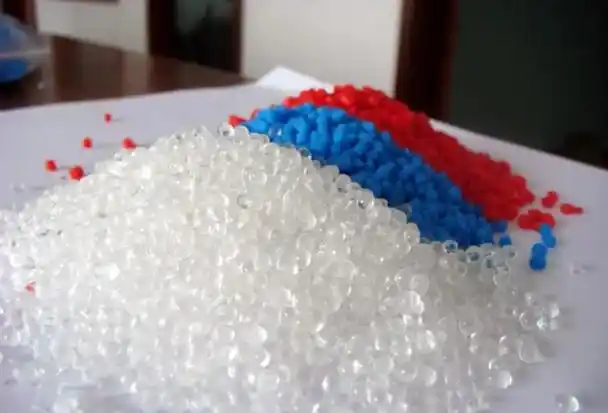
Table: Recommended Adhesive-Backed Nylon Straps for TPE
Here’s a table summarizing adhesive options for bonding nylon straps to TPE:
| Adhesive Type | Recommended Models | Best for | Key Features |
|---|---|---|---|
| Acrylic | 3M VHB 4941, tesa 4965 | Outdoor, medical, automotive | High shear, UV/chemical resistance |
| Rubber-Based | 3M 300LSE, Nitto 5015 | Indoor, soft TPEs, wearables | High tack, cost-effective |
| Silicone | 3M Silicone PSA, Dow SILASTIC | Flexible TPEs, sports, medical | Moisture resistance, flexibility |
How to Select the Right Adhesive-Backed Nylon Strap
Choosing the right strap involves matching the adhesive to your TPE, application, and budget. Here’s my step-by-step process based on years of bonding projects:
Identify TPE Type and Hardness:
Check if it’s SEBS, TPU, or TPV (consult supplier data).
Note hardness (e.g., Shore 30A) to assess flexibility and peel stress.
Test for plasticizer migration (wipe with IPA; sticky residue indicates migration).
Assess Nylon Strap Properties:
Confirm surface finish (smooth or textured) and thickness.
Check for coatings; request uncoated nylon if possible.
Ensure strap width supports adhesive application (wider straps need stronger adhesives).
Define Application Conditions:
Note temperature range, humidity, and chemical exposure.
Determine mechanical stress (e.g., flexing, stretching).
Verify regulatory needs (e.g., FDA for medical, REACH for toys).
Select Adhesive Type:
Acrylic: Best for outdoor, durable bonds (e.g., 3M VHB for automotive).
Rubber-Based: Good for indoor, soft TPEs (e.g., 3M 300LSE for wearables).
Silicone: Ideal for flexible, moisture-heavy applications (e.g., sports gear).
Request adhesive samples from suppliers like 3M or tesa.
Prepare Surfaces:
Clean TPE and nylon with IPA.
Abrade lightly with sandpaper (400–600 grit) if possible.
Apply primer (e.g., 3M Primer 94) for low-energy TPEs.
Test the Bond:
Apply the adhesive-backed strap to TPE samples.
Test peel strength (ASTM D903) and shear strength (ASTM D1002).
Expose to application conditions (e.g., UV, humidity, flexing) for 1–2 weeks.
Adjust adhesive or preparation if bond fails.
In a fitness band project, we tested 3M 300LSE and VHB adhesives. The 300LSE bonded well to soft SEBS after priming, saving 20% on adhesive costs compared to VHB.
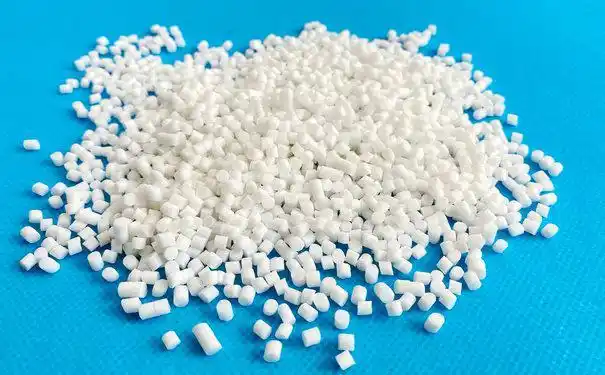
Real-World Case Studies
Let me share two projects where I selected adhesive-backed nylon straps for TPE to illustrate the process.
Case Study 1: TPE Fitness Band with Nylon Strap
A client needed a nylon strap to bond to a Shore 20A SEBS TPE fitness band, exposed to sweat and flexing. Initial trials with a rubber-based adhesive peeled after a week. We:
Chose 3M 300LSE rubber-based adhesive for high tack on soft TPE.
Applied 3M Primer 94 to the TPE to boost surface energy.
Used a textured, uncoated nylon strap for better mechanical bonding.
Tested under 1000 flex cycles and 72 hours of sweat exposure.
The bond held firm, and the client launched the product with no field failures, boosting user satisfaction.
Case Study 2: TPE Automotive Seal with Nylon Strap
An automotive supplier required a nylon strap to secure a Shore 60A TPV seal, exposed to -20°C to 80°C and UV. A generic acrylic adhesive failed under temperature cycling. We:
Selected 3M VHB 4941 acrylic adhesive for UV and temperature resistance.
Abraded the TPV surface and cleaned with IPA.
Used a 2mm-thick, textured nylon strap to distribute stress.
Tested under 500 hours of UV and 100 thermal cycles.
The strap stayed bonded, reducing warranty claims by 10% and saving $15,000 annually.
Troubleshooting Common Bonding Issues
Even with the right adhesive, problems can arise. Here’s how I’ve addressed common issues:
Peeling: Often due to low surface energy. Apply primer or abrade surfaces.
Weak Initial Bond: Increase adhesive tack (e.g., switch to 3M 300LSE) or press firmly during application.
Bond Failure Over Time: Check for plasticizer migration or environmental stress. Use silicone adhesives or stabilizers in TPE.
Adhesive Residue: Clean TPE thoroughly before bonding to remove oils or contaminants.
In a wearable project, peeling was traced to plasticizer migration. Adding a migration-resistant TPE grade and silicone adhesive solved it.
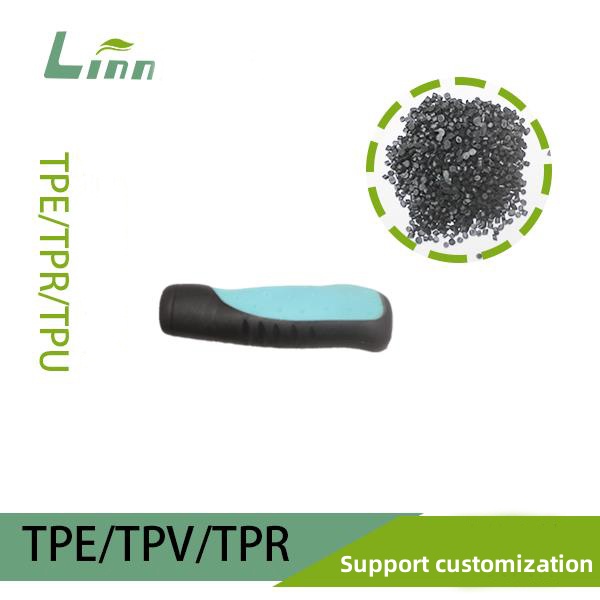
Cost vs. Performance Trade-Offs
Adhesive-backed nylon straps vary in cost:
Rubber-Based: $0.50–$2/m², cost-effective but less durable.
Acrylic: $2–$5/m², balances cost and performance.
Silicone: $5–$10/m², premium for flexibility and moisture resistance.
Nylon Strap: $0.10–$0.50/m, depending on thickness and texture.
For a budget-conscious wearable, we used 3M 300LSE ($1.50/m²) on a thin nylon strap ($0.20/m), saving 30% vs. silicone while meeting performance needs.
Regulatory and Safety Considerations
Verify compliance for your application:
Medical: Use FDA/ISO 10993-compliant adhesives (e.g., 3M VHB medical grades).
Consumer Goods: Ensure REACH compliance for adhesives and nylon.
Automotive: Check for VOC emissions (e.g., 3M low-VOC tapes).
Environmental: Avoid adhesives with harmful solvents.
I always request safety data sheets (SDS) from adhesive suppliers to confirm compliance, saving clients from regulatory headaches.
Where to Source Adhesive-Backed Nylon Straps
Reliable suppliers include:
3M: VHB, 300LSE, silicone PSAs for TPE bonding.
tesa: Acrylic tapes like 4965 for durable bonds.
Nitto Denko: Rubber-based tapes like 5015 for cost savings.
YKK, Velcro: Nylon straps with custom adhesive backing.
I’ve sourced 3M VHB from authorized distributors for consistent quality and worked with YKK for custom nylon straps, streamlining production.
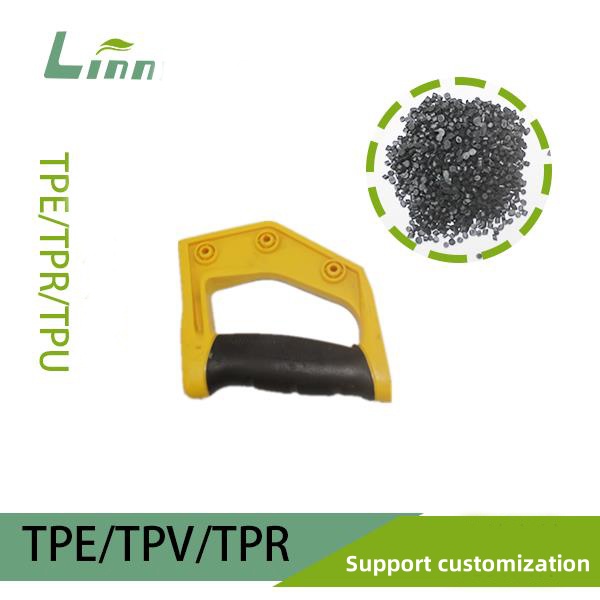
Future Trends in Adhesive Bonding for TPE
Looking ahead, innovations may improve bonding:
Low-Energy Adhesives: New acrylics and silicones bond better to TPE without primers.
Sustainable Adhesives: Bio-based adhesives reduce environmental impact, though 10–20% pricier.
Smart Bonding: Adhesives with sensors to monitor bond strength in critical applications.
I’ve seen trials of low-energy silicone adhesives that cut priming steps, saving 15% on labor in high-volume production.
Practical Tips for Bonding Nylon Straps to TPE
To wrap up, here’s my advice for success:
Test Early: Bond samples under real-world conditions to catch issues.
Prepare Surfaces: Clean, abrade, or prime TPE and nylon for maximum adhesion.
Choose Wisely: Match adhesive to application (acrylic for durability, silicone for flexibility).
Work with Suppliers: Get samples and technical data from 3M, tesa, or nylon vendors.
Document Results: Record bonding parameters and test outcomes for future projects.
Conclusion: Secure Bonds Are Achievable with the Right Strap
From my years tackling adhesive challenges, I can confidently say that bonding a nylon strap to TPE is entirely doable with the right adhesive and preparation. Acrylics like 3M VHB excel for durable, outdoor applications, while rubber-based or silicone adhesives suit soft, flexible TPEs. By understanding your TPE, nylon, and use conditions, you can select a strap that sticks reliably. My tip? Start with small-scale tests, optimize surface prep, and lean on supplier expertise to save time and costs.
If you’re struggling to bond a nylon strap to TPE, share your project details, and I’ll offer tailored guidance to ensure a rock-solid bond!
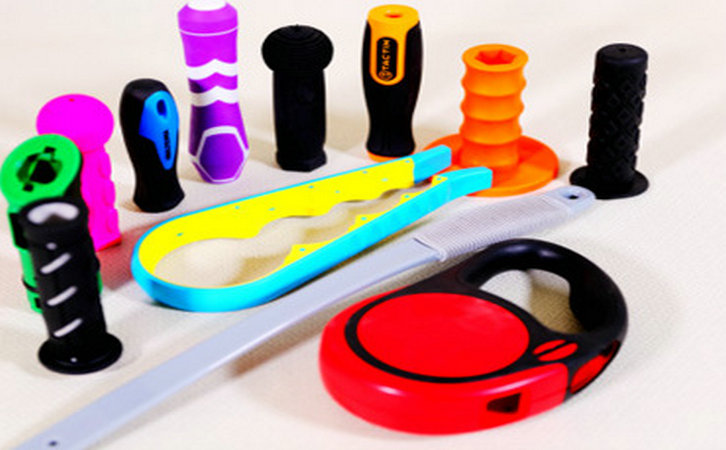
Frequently Asked Questions
1. Can any adhesive-backed nylon strap stick to TPE?
No, TPE’s low surface energy requires specific adhesives like acrylic (3M VHB), rubber-based (3M 300LSE), or silicone. Test compatibility with your TPE grade.
2. Do I always need to prime TPE for bonding?
Not always, but primers like 3M Primer 94 significantly improve adhesion on low-energy TPEs, especially for acrylic adhesives.
3. How do I prevent the strap from peeling during flexing?
Use a flexible adhesive (e.g., silicone or 3M 300LSE), reduce plasticizer in TPE, and ensure proper surface prep (cleaning, abrasion).
4. Are there eco-friendly adhesives for bonding to TPE?
Yes, bio-based acrylics and silicones are emerging, but they’re pricier. Check with suppliers like 3M for sustainable options.
5. Where can I buy adhesive-backed nylon straps for TPE?
Try 3M, tesa, or Nitto for adhesives, and YKK or Velcro for nylon straps. Distributors like DigiKey or Alibaba offer bulk options, but verify quality.





